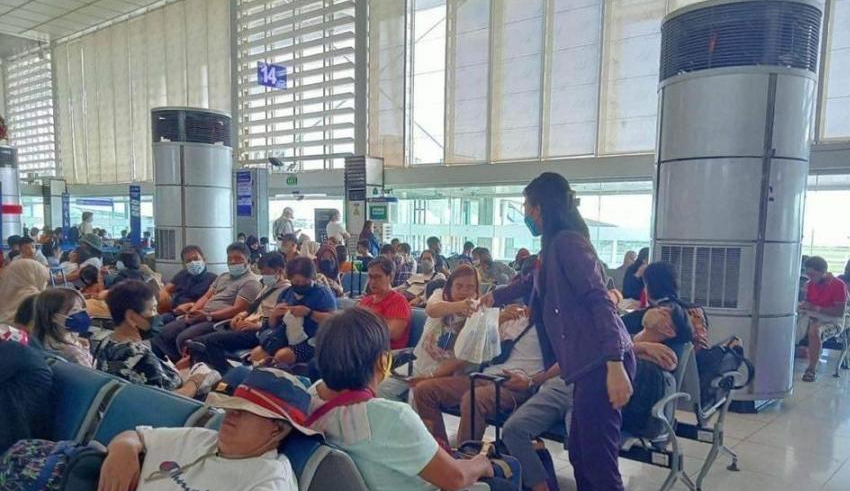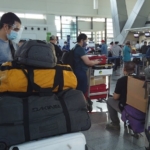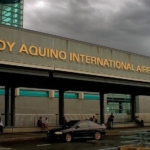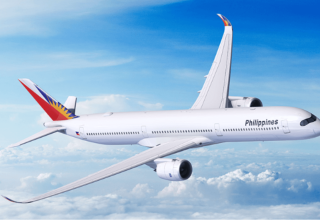
Terminal 2 of Ninoy Aquino International Airport (NAIA) will handle solely domestic aircraft beginning July 1.
The Manila International Airport Authority (MIAA) will redistribute flights in NAIA Terminal 2, which was once utilized entirely by Philippine Airlines (PAL), in an effort to ease the terminal’s chronic overcrowding.
Although Terminal 2 was originally planned as a domestic terminal in the late 1990s, we are transforming it into an international terminal. In the late 1990s, only the international and domestic operation terminals were constructed. In an interview on DZBB’s Saksi sa Dobol B, MIAA senior assistant general manager Bryan Co said, “Philippine Airlines just transformed the terminal into a hub for international and domestic operations.”
PAL will shift its entire international flight schedule to Terminal 1. PAL Express will continue to operate local flights from Terminal 2 under its regional name. PAL has assured that terminal-to-terminal transportation would be available for connecting flights between local and foreign destinations.
Because there are connecting flights from domestic to international and vice versa, there will be some modifications. In an interview with DZBB, Cielo Villaluna stated, “But our flying public can rest certain that we have a transit infrastructure, both for airside and land transfers.”
In the near future, AirAsia Philippines will consolidate its domestic operations with PAL in Terminal 2, therefore decongesting Terminal 4, which is tiny and frequently congested. Terminal 4 now serves AirAsia’s domestic flights, while Terminal 3 serves its international flights.
“Hinihiling namin na mailipat ang aming mga international sa Terminal 1 kasi po operational-wise, medyo magkalayo ang Terminal 3 at Terminal 2. In an interview on DZBB’s One on One: Walang Personalan, Steve Dailisan, a spokeswoman for AirAsia,” stated, “If we have foreign guests connecting to local flights, they would be upgraded.”
Keep Reading
(We are proposing that our foreign flights be relocated to Terminal 1 due to the operational distance between Terminals 3 and 2. If overseas passengers are connecting from local aircraft, it is a considerable distance.)
The domestic network of Cebu Pacific will continue in Terminal 3. The turboprop aircraft operated by Cebu Pacific under its regional name Cebgo will continue to fly in Terminal 4.
According to Co., Terminal 2’s intended capacity would grow by up to 25% if PAL’s international flights were relocated to Terminal 1. He noted that it will also handle the increase in domestic tourism, since domestic traffic had already surpassed 110 percent of pre-pandemic levels.
When asked if Terminal 1 may become congested now that it must accept more foreign flights, Co said that the facility was “underutilized.”
“Ang Terminal 1 is a bit underused po kasi nga nag-improve na rin ang Terminal 1 natin (Terminal 1 is a bit underutilized since it has already improved). If you’ve gone to Terminal 1, you’ll see that it’s extremely different from the Terminal 1 we’ve known in the past since the air conditioning system is now superior and the number of facilities has risen,” Co said.
In order to create room for PAL’s international flights, he noted that other foreign airlines’ operations will also be relocated to Terminal 3. On April 16, the initial transfer of international airlines from Terminal 1 to Terminal 3 will commence. Jetstar Asia, Jetstar Japan, Scoot, China Southern, and Starlux are impacted carriers.



























